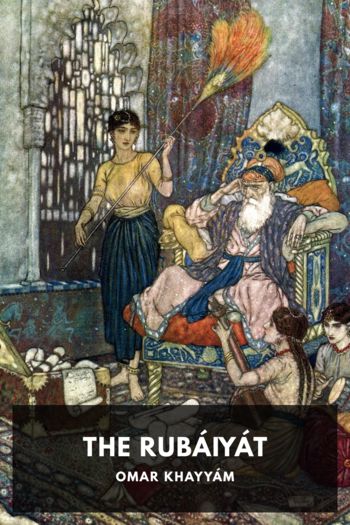Moneyball Lewis, Michael (best biographies to read .TXT) 📖

Book online «Moneyball Lewis, Michael (best biographies to read .TXT) 📖». Author Lewis, Michael
Billy’s coach, Sam Blalock, didn’t know what to make of the scouts. “I’ve got this first-round draft pick,” he says, “and fifteen and twenty scouts showing up every time we scrimmage. And I didn’t know what to do. I’d never played pro ball.” Twenty years later Sam Blalock would be selected by his peers as the best high school baseball coach in the country. His teams at Rancho Bernardo High School in San Diego would produce so many big league prospects that the school would come to be known, in baseball circles, as “The Factory.” But in 1979 Blalock was only a few years into his job, and he was still in awe of Major League Baseball, and its many representatives who turned up at his practices. Each and every one of them, it seemed, wanted to get to know Billy Beane personally. It got so that Billy would run from practice straight to some friend’s house to avoid their incessant phone calls to his home. With the scouts, Billy was cool. With his coaches, Billy was cool. The only one who ever got to Billy where he lived was an English teacher who yanked him out of class one day and told him he was too bright to get by on his athletic gifts and his charm. For her, Billy wanted to be better than he was. For the scouts—well, the scouts he could take or leave.
What Sam Blalock now thinks he should have done is to herd the scouts into a corner and tell them to just sit there until such time as they were called upon. What he did, instead, was whatever they wanted him to do; and what they wanted him to do was trot his star out for inspection. They’d ask to see Billy run. Sam would have Billy run sprints for them. They’d ask to see Billy throw and Billy would proceed to the outfield and fire rockets to Sam at the plate. They’d want to see Billy hit and Sam would throw batting practice with no one there but Billy and the scouts. (“Me throwing, Billy hitting, and twenty big league scouts in the outfield shagging flies,” recalls Blalock.) Each time the scouts saw Billy they saw only what they wanted to see: a future big league star.
As for Billy—Sam just let him be. Baseball, to Blalock’s way of thinking, at least at the beginning of his career, was more of an individual than a team sport, and more of an instinctive athletic event than a learned skill. Handed an athlete of Billy’s gifts, Blalock assumed, a coach should just let him loose. “I was young and a little bit scared,” Blalock says, “and I didn’t want to screw him up.” He’d later change his mind about what baseball was, but he’d never change his mind about Billy’s talent. Twenty-two years later, after more than sixty of his players, and two of his nephews, had been drafted to play pro baseball, Blalock would say that he had yet to see another athlete of Billy’s caliber.
They all missed the clues. They didn’t notice, for instance, that Billy’s batting average collapsed from over .500 in his junior year to just over .300 in his senior year. It was hard to say why. Maybe it was the pressure of the scouts. Maybe it was that the other teams found different ways to pitch to him, and Billy failed to adapt. Or maybe it was plain bad luck. The point is: no one even noticed the drop-off. “I never looked at a single statistic of Billy’s,” admits one of the scouts. “It wouldn’t have crossed my mind. Billy was a five-tool guy. He had it all.” Roger Jongewaard, the Mets’ head scout, says, “You have to understand: we don’t just look at performance. We were looking at talent.” But in Billy’s case, talent was a mask. Things went so well for him so often that no one ever needed to worry about how he behaved when they didn’t go well. Blalock worried, though. Blalock lived with it. The moment Billy failed, he went looking for something to break. One time after Billy struck out, he whacked his aluminum bat against a wall with such violence that he bent it at a right angle. The next time he came to the plate he was still so furious with himself that he insisted on hitting with the crooked bat. Another time he threw such a tantrum that Blalock tossed him off the team. “You have some guys that when they strike out and come back to the bench all the other guys move down to the other end of the bench,” says Blalock. “That was Billy.”
When things did not go well for Billy on the playing field, a wall came down between him and his talent, and he didn’t know any other way to get through the wall than to try to smash a hole in it. It wasn’t merely that he didn’t like to fail; it was as if he didn’t know how to fail.
The scouts never considered this. By the end of Billy’s senior year the only question they had about Billy was: Can I get him? And as the 1980 major league draft approached, they were given reason to think not. The first bad sign was that the head scout from the New York Mets, Roger Jongewaard, took a more than usual interest in Billy. The Mets held the first overall pick in the 1980 draft, and so Billy was theirs for the taking. Word was that the Mets had winnowed their short list to two players, Billy and a Los Angeles high school player named Darryl Strawberry. Word also was that Jongewaard preferred Billy to





Comments (0)